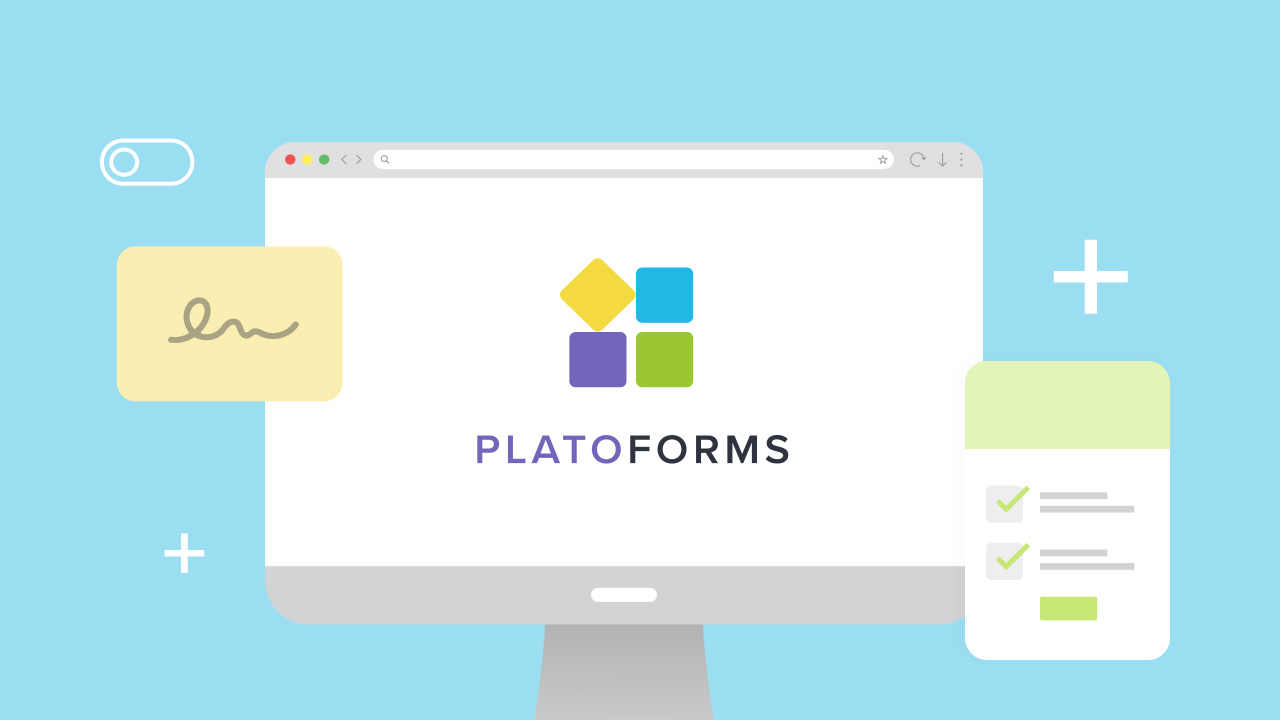
Surveys are a powerful way to gather feedback and data, but guess what? They can go horribly wrong if you don’t get the details right. A little bias here, a confusing question there, and suddenly, your data is about as trustworthy as a random internet quiz telling you what kind of sandwich you are.
Today, we’re going to dive into how you can create reliable, unbiased surveys using PlatoForms, and avoid some of the worst data disasters you could imagine. Remember Pepsi’s 1992 “Number Fever” fiasco in the Philippines? A tiny survey error led to rioting, lawsuits, and a $10 million loss for the brand. Yeah, you definitely don’t want that.

In this article, we’ll break down five key steps to crafting killer surveys and explain how PlatoForms can make it easier. Get ready to master the art of the survey!
In this blog, we’ll explore:
Step 1: Craft clear and neutral questions
If you want honest feedback, don’t steer your audience like a GPS. Your questions should be easy to understand and neutral—no hidden agendas here.
Bad example:
“Don’t you agree that our amazing new product is WAY better than the competition?” (Uh, bias much?)
Good example:
“How would you rate our new product compared to similar products?” (Nice and neutral!)
Data says this is important. According to Pew Research, question wording alone can skew results by as much as 10%. That’s like showing up to a hotdog contest and finding out half the people thought they were signing up for a salad-making competition. You can’t compare the two!

With PlatoForms, you can easily build customizable online PDF forms or web forms that guide users through clear, unbiased questions. Plus, you can convert static PDFs into dynamic, fillable online forms—giving you full control over the survey design and making sure your audience gets the same straightforward experience.
Step 2: Provide balanced response options
When you’re offering choices, make sure you’re covering the whole spectrum of answers. Nobody likes feeling boxed into a response!
Bad example:
“How satisfied are you with our service?”
- Extremely satisfied
- Very satisfied
- Satisfied
- Somewhat satisfied
(Missing anything? Like…a neutral option or a negative one?)
Good example:
“How satisfied are you with our service?”
- Very satisfied
- Somewhat satisfied
- Neither satisfied nor dissatisfied
- Somewhat dissatisfied
Very dissatisfied

Balanced response options = better data. A study by SurveyMonkey found that when neutral options are provided, responses can be 20% more accurate. It’s like giving people the full menu instead of just telling them they can have “chicken or nothing.” (Chicken’s great, but c’mon!)
PlatoForms makes adding balanced choices easy. You can even use prefilled forms to simplify the process, so your users are guided through balanced, customizable options with less effort on their end.
Step 3: Use varied question types
Mixing up question types can help you gather richer, more nuanced data. Use a combination of multiple-choice, rating scales, and open-ended questions to cover different aspects of the survey topic.
Different question types can provide more detailed insights and reduce response bias. For example, rating scales offer quantifiable data, while open-ended questions allow for more detailed feedback.
PlatoForms offers a range of question types you can include in your forms, from multiple-choice to text fields. This variety helps you collect comprehensive data without skewing your results.
Step 4: Use appropriate sampling methods
You need a diverse and representative sample—don’t just survey your five closest friends unless you want your data to reflect the opinions of five people who already agree with you.
Remember the infamous “Dewey Defeats Truman” headline in 1948? Biased sampling from telephone surveys (at a time when only wealthier, more Republican-leaning voters owned phones) led to one of the biggest polling mistakes in U.S. history.

With PlatoForms, your surveys can reach a broader, more diverse audience. Our mobile-optimized, multi-language web forms ensure you’re getting feedback from all corners, whether you’re surveying people across different regions or demographics. You can even convert PDFs to web forms, so your surveys are super accessible—no excuses for skipping the survey!
Step 5: Test and improve
You wouldn’t launch a product without testing it first (at least, we hope not). The same rule applies to surveys. Pre-testing with a small group lets you catch any issues before going live.
Fun fact: Pre-testing can increase response rates by up to 30%. It’s like giving your survey a little test drive to make sure everything’s smooth.
PlatoForms makes testing easy. You can share your form via a publish URL or QR code, collect feedback, and make any necessary tweaks on the fly. Plus, with Master Forms, you can reuse fields across multiple surveys without redoing the whole thing from scratch. Time-saving and data-saving? Yes, please.
Survey sucess in a nutshell
If you want to avoid the pitfalls of bias (and avoid lawsuits like Pepsi’s), keep your surveys clear, balanced, and well-tested. With the help of PlatoForms, creating reliable, unbiased surveys is easier than ever. From customizable forms to dynamic response options, we’ve got the tools to help you gather insights that actually reflect what people think.
And hey, don’t forget to hit that publish button when you’re done tweaking—because what good is an awesome survey if nobody ever sees it?
Happy surveying, and may your data be true!




